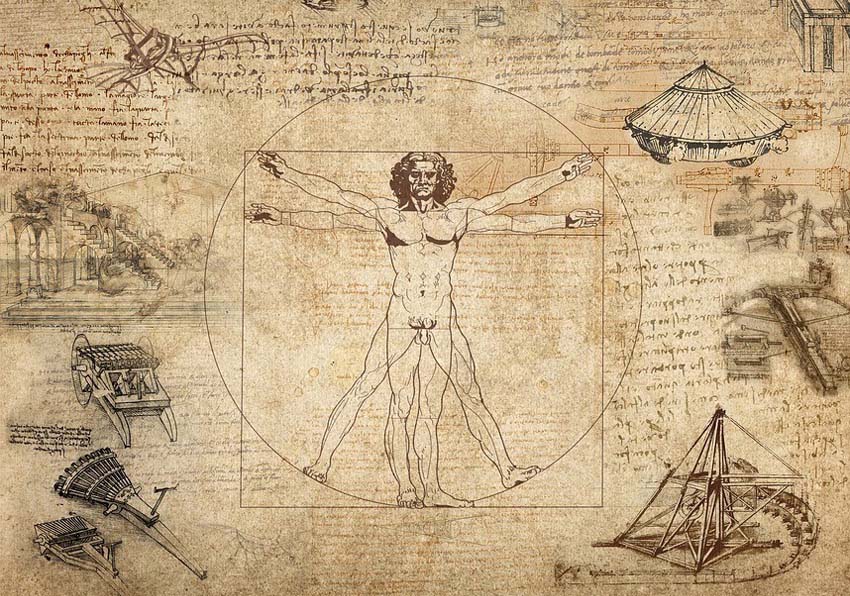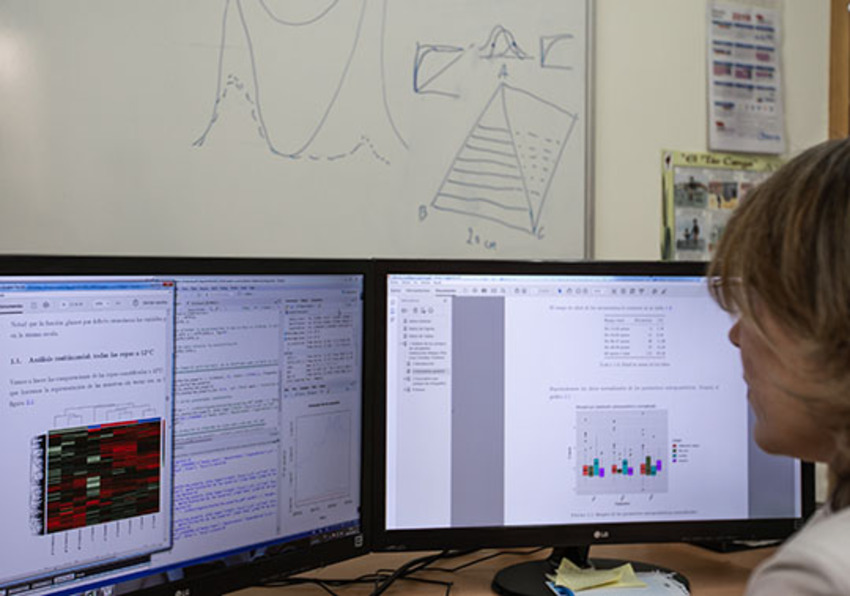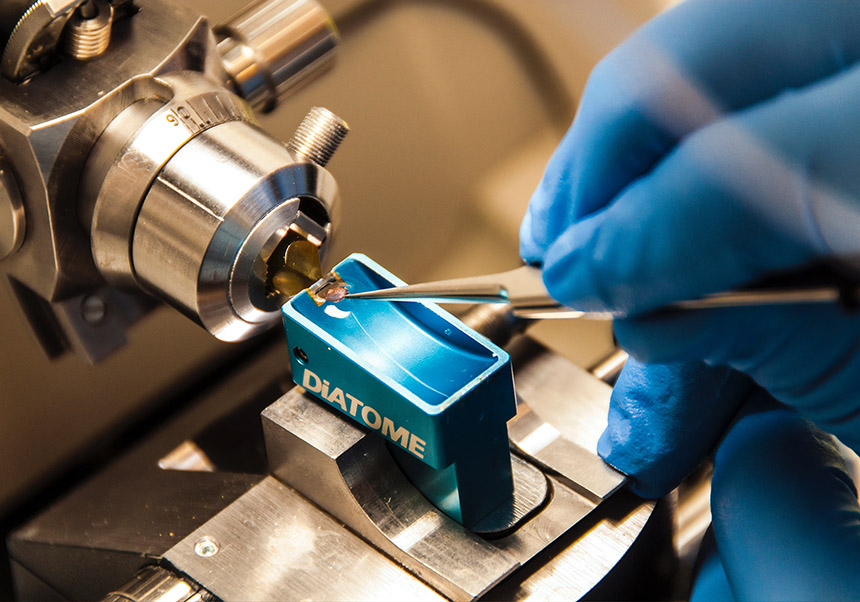Knowledge transfer contracts must address a range of aspects in order to comply with legal and management requirements. It is essential that all relevant details are clearly set out in the document, so that all parties involved understand their respective rights and obligations. It is important to note that the UV’s obligations will vary depending on the nature of the work entrusted to it.
Both the researchers who will conduct the activity and the staff of the Contracted R+D+I Section must participate in the negotiation of a contract at the UV, as they are essential complementary components for a good negotiations. The researchers know the specifics of the subject matter of the contract and the staff of Contracted R+D+I Section are experts in legal affairs and the management rules that condition its content.
The general outline of a contract is formally organised in 5 parts: Preamble, recitals, provisions, dates and signature, annexes
The contract must include:
– Preamble: The parties involved in the contract are identified and the names of their legally authorised representatives appear with signatures on the document. On behalf of the UV, the contract is signed by the Principal or the delegated individual, as well as the Head of the department, ERI or institute.
– Recitals: Legal basis and motives of the parties for entering into the contract. Any information considered relevant to the subject of the contract may be included, such as definitions of terms, background information, institutional frameworks, prior knowledge, property titles or declarations of intent, among others.
– Prior knowledge: For certain contracts, such as R+D+I contracts, it is crucial to include in the recitals any prior knowledge possessed that may be implicated in the development of the contract activity, such as know-how or prior industrial or intellectual property rights, in order to adequately protect the interests of the researchers and the UV. This prior knowledge must be clearly reflected and the contract must state that it is transferred solely for the purpose of the execution of the work during the period of the contract, not for its exploitation.
– Provisions: This is where the conditions of the contract are set out. They must include the following:
– Subject: It is crucial to clearly define the purpose of the contract, explain the basis of this purpose and determine a title. This will subsequently be detailed clearly and fully in the technical report.
– Responsibilities: The individuals responsible for the scientific production and the financial and administrative management of the contract must be identified by both parties.
For the UV, there may be two scientific researchers responsible with the category of permanent doctoral teaching and research staff in active service. Temporarily contracted staff must have a formalised contractual relationship with the UV at the time of signing the contract, of which the expected duration is equal to or greater than the duration of the committed work.
– Conditions for acceptance: The teaching and research staff responsible, together with the other team members, assume and accept to perform the work of the contract as detailed in the attached annexes.
– Notification data: The contract must include both technical and administrative details, as well as valid addresses.
– Duration: The contract must specify the definite duration. Generally, contracts enter into force on the date of signature, unless otherwise mutually agreed or unless the contract’s validity is made conditional on a certain circumstance (e.g. the granting of economic aid). The contract provisions must also address the possibility of extension, which is strongly recommended in the case that the work is not completed by the scheduled date.
– Delivery of reports/Deliverables: Timetables for completing milestones in the technical report. They must be materially verifiable, reflect the work carried out and contain partial or final results. They are specified in the body of the contract and defined in the technical annex. Deliverables are often linked to contract payments and allow control of their execution.
It is crucial to define deliverables (which can take the form of a report, prototype, blueprint, etc.) in the context of R+D contracts. Unlike other contracts, R+D contracts are not about achieving specific objectives but rather about performing a specific activity. The purpose of these contracts is to assess the status of the research work.
– Full amount and payment method: It is crucial to prepare an accurate estimate for the work to be carried out at market price. This ensures that all costs associated with the work are covered, while also allowing for a reasonable profit margin. The prior know-how must also be valued and reflected in the budget estimate. The payment method may be contingent upon the project milestones, as outlined in the technical report, and it must enable the researcher to finance the project in an appropriate manner.
As previously stated, it should be duly noted that in R+D contracts, payment of the committed amounts is conditional upon the fulfilment of obligations assumed in the agreed-upon work plan, regardless of the outcome. R+D activities are an investment that entails a risk that must be assumed by the contracting entity and cannot be transferred to those who have performed the work, regardless of the outcome.
– Personal data protection: Provisions are drawn up according to the work to be carried out and the requirements of the contracting entity.
– Confidentiality: Prior to the execution of a final contract, it may be necessary to sign confidentiality agreements between the parties. These agreements are designed to ensure the protection and security of any technical information that is necessary for a thorough understanding of the subject matter of the contract. In any case, a regulating clause of confidentiality must be included in the final contract. Since confidentiality obligations often extend beyond the completion or expiration of the contract, it is crucial to have a clearly defined framework in place that outlines how confidential information will be handled during and after the performance of the work. All confidential information should be classified as such.
Confidentiality conditions apply to both parties and relate to the knowledge owned by each party and the results generated in the project. These conditions must be adhered to when disseminating and publishing results and they must be upheld by all personnel involved in the project.
– Publication of results: As aforementioned.
– Project results: It must be clearly stated that the results and the prior knowledge made available for the work belong to the party that generated them.
Please note that all project results must be defined in the reports or deliverables provided to the contracting party. Regardless of ownership, the university must always reserve the right to use the knowledge acquired during the project for teaching and research purposes.
– Ownership of results: The project results may be subject to industrial or intellectual property rights. The contract must reflect to which party the ownership of the results belongs (ownership may also be shared). This will be discussed further.
– Exploitation rights and royalties: These are established through the signing of licences. To be discussed further.
– Amendments: The parties may amend the contract at any time, by mutual consent and in writing, by means of the addenda which shall form part of the contract.
– Termination: The parties may terminate the contract at any time by mutual agreement or for the reasons set out in the document. Penalties for non-performance and damages may also be included.
– Jurisdiction and applicable law: The contract must specify the relevant jurisdiction in the event of a dispute (ordinary courts, arbitration or mediation), as well as the applicable regulations.
– Signatures: Contract must be signed by all individuals identified in the preamble. For members of the UV, signatures must be, either all electronic or all manual. In the latter case, please sign as many copies as there are signatories to the contract. Mixed signatures are not permitted (for example, a manual and an electronic signature).
– Furthermore, the contract must include all the necessary provisions to regulate the work to be performed under the agreement.
– Contract annexes: As an integral part of the contract, they should be prepared with the same level of care and attention as the rest of the document. While they will be discussed in more detail below, the annexes that are usually included in R+D and related contracts are indicated below:
– Technical report: It must specify in clear, detailed and concrete terms all the elements that must be developed in order to fulfil the purpose of the contract. This should include a detailed account of the technical issues, the different milestones, the work plan, the expected timetable and the resources that will be used.
– Participating personnel: Each and every person involved in the development of the project must appear, with correct identification.
– At the request of the contracting authority, budget or financial report.
– Addenda and extensions: An addendum is a document that is attached to a contract and forms part of it, allowing the provisions or other parts of the contract to be amended while leaving the rest of the contract intact and valid in its entirety. Extensions, on the other hand, extend the term of the contract while the rest of the contract remains valid. Either way, they must be formalised before the contract expires and, like the contract itself, the person signing them must have the legal capacity to do so.














